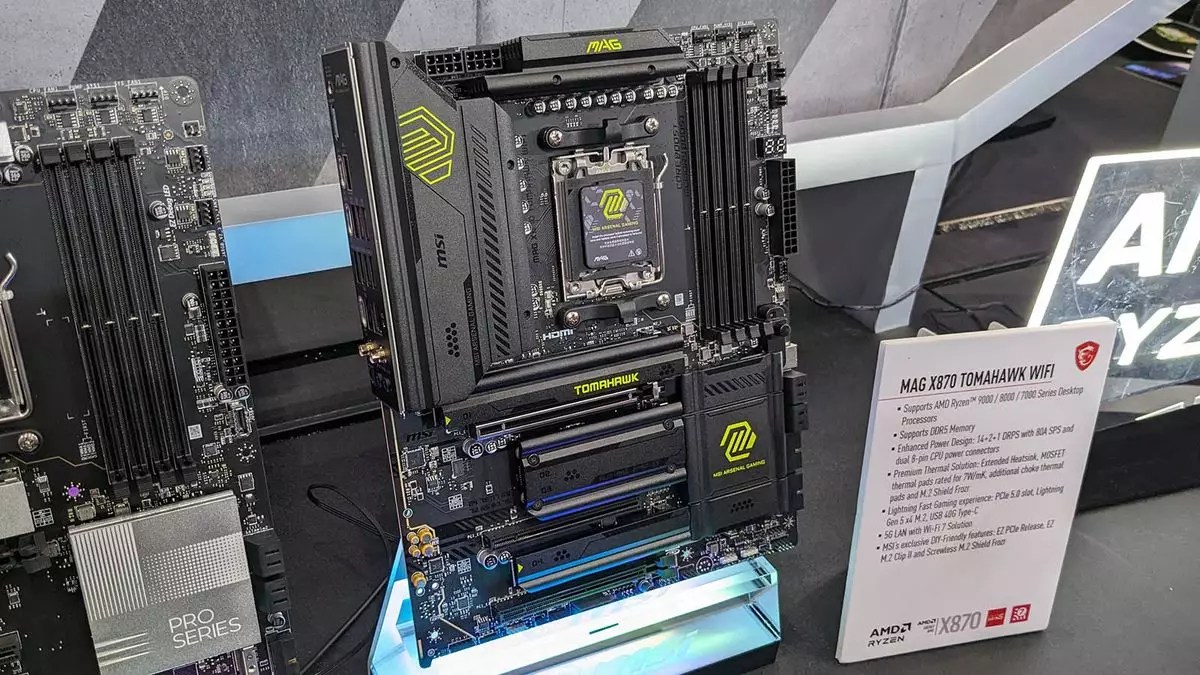MSI recently showcased its latest X870 and X870E motherboard series at Gamescom 2024, unveiling an interesting feature that caught the attention of visitors. Cowcotland reported that all the boards in this new lineup come equipped with an 8-pin PCIe power connector situated at the bottom. The question arises – why the need for this additional power connector?
According to Cowcotland, these new connectors are specifically designed to meet the power requirements of upcoming Nvidia and AMD graphics cards. This implies that the next generation of GPUs is expected to consume significant amounts of power. The addition of secondary power connectors is not a novel concept, as they are commonly seen on high-end or overclocking-oriented motherboards to supply extra power to high-performance graphics cards. However, the inclusion of these connectors on more mainstream options is quite intriguing.
Traditionally, a standard PCIe x16 slot can deliver up to 75W of power. With the addition of another 150W from the 8-pin connector, the motherboard can potentially provide a total of 225W. Furthermore, if a 12V-2×6 or 12VHPWR connector is used to add up to 600W, the total power output could reach 800W or more. While this level of power delivery is more suited for flagship GPUs like an RTX 5090, it also opens up the possibility of running multiple less power-hungry cards for diverse workloads such as productivity or AI tasks.
The trend of increasing power consumption and thermal design power (TDP) for flagship graphics cards is evident in the market. For instance, the RTX 4090 can draw up to 450W, and even higher for overclocked variants. Looking ahead, it is likely that Nvidia’s next-generation GPUs will push these power limits even further, with a TDP exceeding 500W for standard models such as the RTX 5090. While some manufacturers have not yet adopted the 8-pin connectors across their motherboard ranges, enthusiast boards like the Asus Crosshair X870E Hero have already integrated them.
The decision by MSI to include the 8-pin power connectors in their latest motherboard series raises questions about the anticipated power demands of upcoming GPUs. Will other manufacturers follow suit and incorporate similar features into their products? As Intel’s Z890 boards prepare to launch in the near future, it will be interesting to see how the industry responds to the evolving requirements of high-performance graphics cards. Stay updated on the latest developments in PC hardware and gaming by following PC Gamer for the most important news and deals.


Leave a Reply